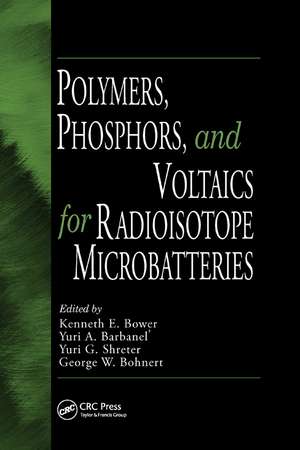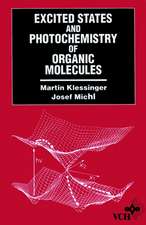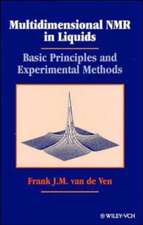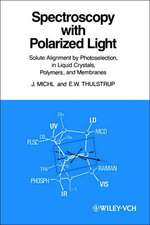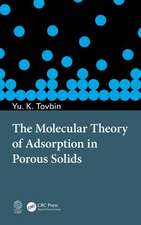Polymers, Phosphors, and Voltaics for Radioisotope Microbatteries
Editat de Kenneth E. Bower, Yuri A. Barbanel, Yuri G. Shreter, George W. Bohnerten Limba Engleză Paperback – 19 iun 2019
Polymers, Phosphors, and Voltaics for Radioisotope Microbatteries presents the state-of-the-art in interdisciplinary research in radiochemistry, tritium storage, semiconductor fabrication and characterization, nuclear battery fabrication and testing, integration into MEMS and other electronic devices, and much more. A key feature of this book is its discussion of construction materials for miniaturized radioisotope power supplies, since progress in nuclear battery technology depends on characterization of functionally radiation-stable components. Though substantial progress has been made to solve problems of using integrated radioisotope batteries for micro- and nanoelectronics, each author has provided an authoritative assessment and has indicated where development is needed.
Research in this area has the potential to revolutionize the microelectronics industry by enabling MEMS and nanotechnology. Significant technological progress depends today on coordinated interdisciplinary research. Polymers, Phosphors, and Voltaics for Radioisotope Microbatteries contains diverse discussions of the problems of using radioactive material for microelectronic power needs and guides readers to future research in the area of long-life, high energy-density batteries.
| Toate formatele și edițiile | Preț | Express |
|---|---|---|
| Paperback (1) | 506.43 lei 6-8 săpt. | |
| CRC Press – 19 iun 2019 | 506.43 lei 6-8 săpt. | |
| Hardback (1) | 3436.35 lei 6-8 săpt. | |
| CRC Press – 19 iun 2002 | 3436.35 lei 6-8 săpt. |
Preț: 506.43 lei
Preț vechi: 595.79 lei
-15% Nou
Puncte Express: 760
Preț estimativ în valută:
96.90€ • 100.98$ • 80.24£
96.90€ • 100.98$ • 80.24£
Carte tipărită la comandă
Livrare economică 03-17 aprilie
Preluare comenzi: 021 569.72.76
Specificații
ISBN-13: 9780367396053
ISBN-10: 036739605X
Pagini: 504
Dimensiuni: 156 x 234 x 28 mm
Greutate: 0.93 kg
Ediția:1
Editura: CRC Press
Colecția CRC Press
ISBN-10: 036739605X
Pagini: 504
Dimensiuni: 156 x 234 x 28 mm
Greutate: 0.93 kg
Ediția:1
Editura: CRC Press
Colecția CRC Press
Public țintă
Academic and Professional Practice & DevelopmentCuprins
Conversion of Radioactive Decay Energy to Electricity. Radioactive Materials, Ionizing Radiation Sources, and Radioluminescent Light Sources for Nuclear Batteries. Non-Radioactive Materials for Nuclear Batteries. Radiation -Induced Processes in Phosphors. Radiation Stability of Polymers, Luminophores, and Plastic Scintillators. Silicon Voltaics for Direct and Indirect Radioactive Decay Energy Conversion into Electricity. Nuclear Batteries Based on III-V Semiconductor Compounds. Wide Band Semiconductors for Direct Conversion Nuclear Batteries. Organic Photoconducting Materials. Radioisotope Battery Commercialization.
Notă biografică
Bower, Kenneth E.; Barbanel, Yuri A.; Shreter, Yuri G.; Bohnert, George W.
Descriere
As the first book written solely on the subject of nuclear batteries and their potential to revolutionize the electronics industry, this text will appeal to a broad audience, from engineers to energy policy makers. This collection of contributions from leading U.S. and Russian nuclear researchers contains diverse discussions of the problems of using radioactive material for microelectronic power needs, and it guides readers to future research in the area of long-life, high energy-density batteries. It describes the state of interdisciplinary research in radiochemistry, tritium storage, semiconductor fabrication, integration into MEMS and other electronic devices, and much more.
